I recently gave an evening lecture to a group of conservationists, and as I always do, ended my presentation with reasons I felt hopeful about the future of the planet. Afterwards, a number of people approached and commented with variations on “I needed to hear that; I really didn’t think there was much hope.”
And I’m hearing similar sentiments frequently. A lot of conservationists and environmentalists don’t feel there’s much to be happy about. Despair is not motivating. Nor is it a good way to attract new people to the cause, and we need all the help we can get.
Most of all, it’s just not true. There are plenty of reasons to feel optimistic.
It’s Earth Week, and we are joining a campaign to share stories of #EarthOptimism. I am sharing some of those optimistic stories here. You can also follow the #EarthOptimism hashtag on Twitter for more hope and inspiration, from Cool Green Science writers, Nature Conservancy Chief Scientist Hugh Possingham (@HugePossum) and many others.
A common thread in many of these stories is that people kept working even when it looked like hope was lost. Keep working, stay optimistic and enjoy your world. It’s what will shape a better future for people and nature.
-
Saving Red-Cockaded Woodpeckers Through Science and Ingenuity
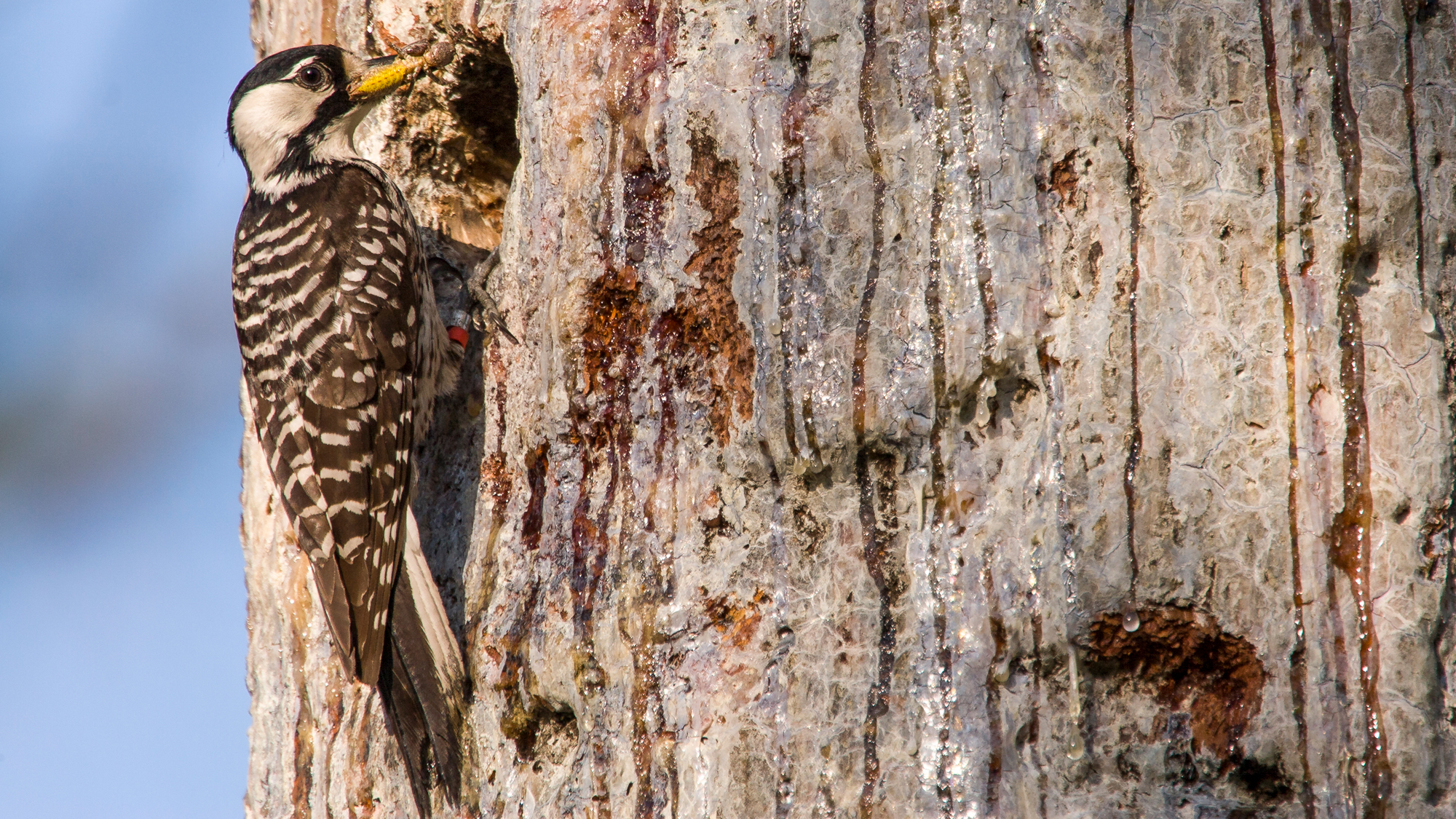
Red-cockaded Woodpecker. Photo © Brady Beck Award-winning environmental reporter Ted Williams writes a monthly Recovery column for Cool Green Science, in which he shares his favorite conservation success stories. Here, he looks at a species that was once portrayed as an example of anti-endangered species sentiment, a case of “birds versus people.” But the bad old days for this woodpecker are over.
-
Coastal Wetlands Saved $625 Million During Hurricane Sandy
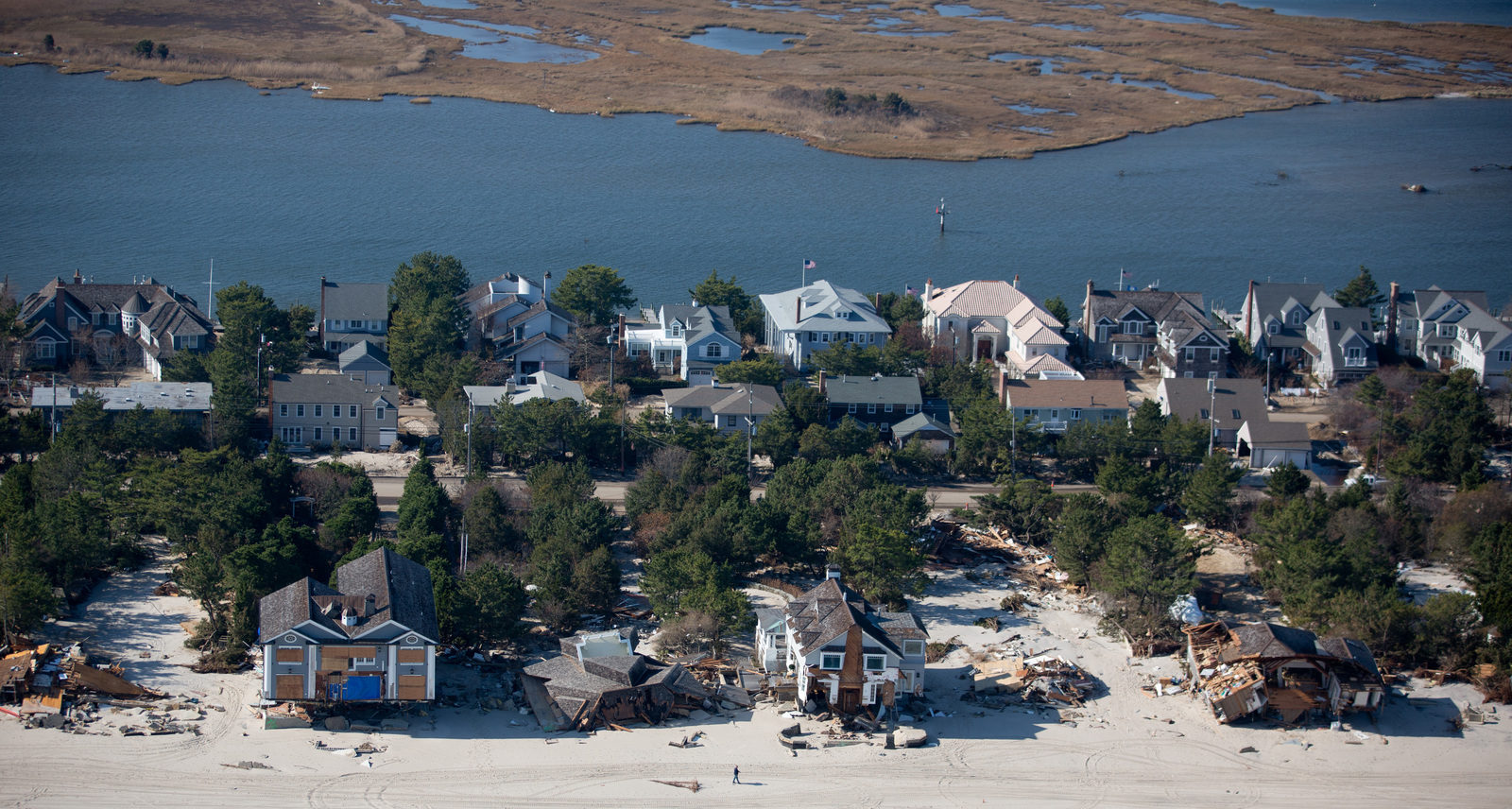
Nov 11, 2012 aerials of coastal destruction caused by Hurricane Sandy storm surge along the New Jersey Shore. © Bridget Besaw Hurricane Sandy is hardly a happy story, but the fact is it would have been worse if not for natural habitat. A recent study found coastal wetlands in the northeastern USA prevented more than US $625 Million in direct property damages during Hurricane Sandy, reducing damages by an average of 22% in over half the affected areas.
A strong and science-based economic case can be critical in restoring habitats – and protecting people from natural disasters like hurricanes and floods.
-
After 250 Years of Dams, A River Restored for Migratory Fish
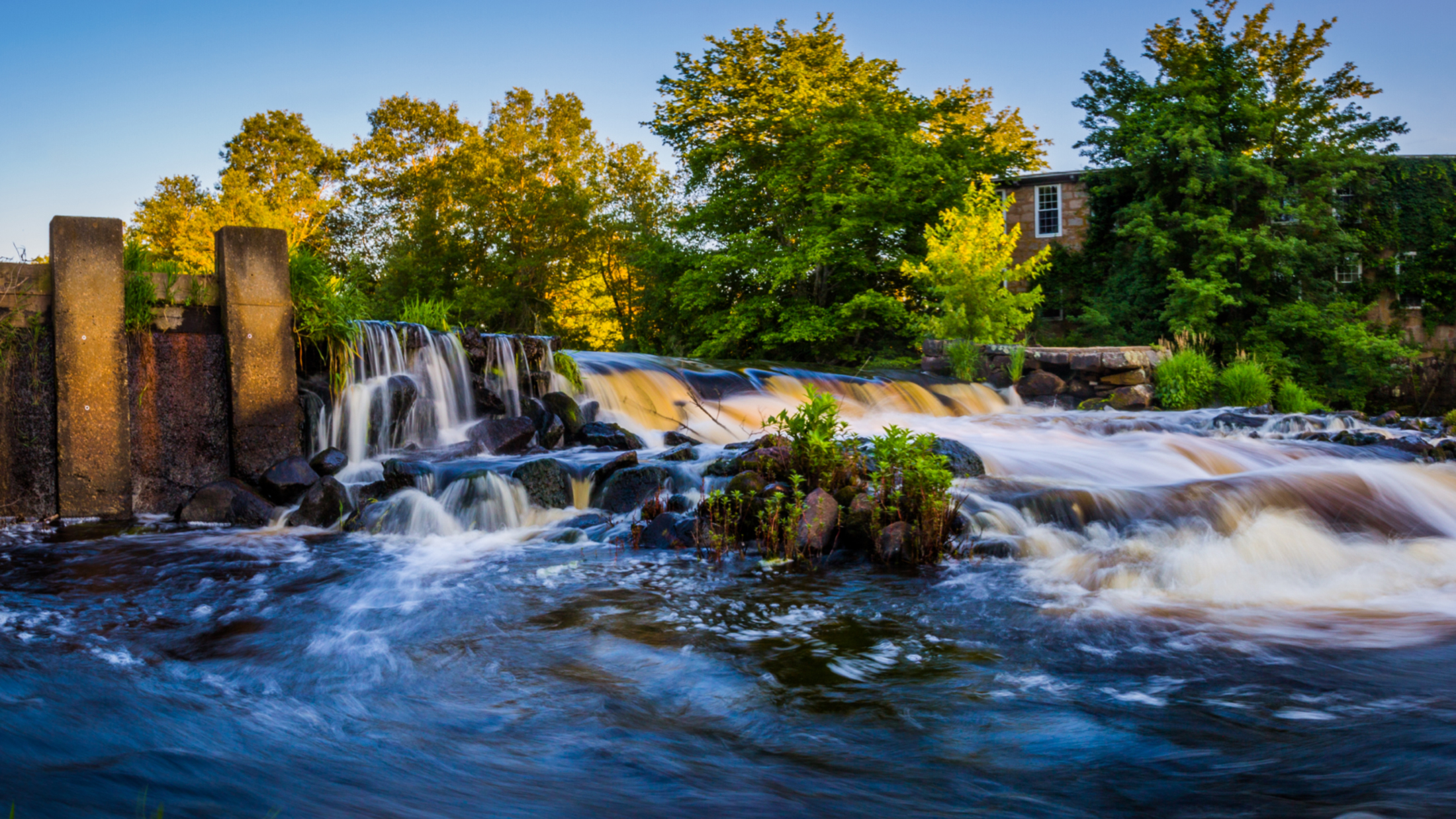
Bradford Dam prevented fish passage on the Pawcatuck River. A fish ladder at the dam wasn’t functioning as intended; conditions had to be just right for fish to use it. Photo © Ayla Fox The last time fish could migrate unimpeded on Rhode Island’s Pawcatuck River, George Washington was known as a surveyor, not a general or president. American shad, river herring, sea-run brook trout and other species will soon be able to migrate and access the entire river for the first time in centuries. Here’s how this river restoration success came to be.
-
Citizen Science Is Growing
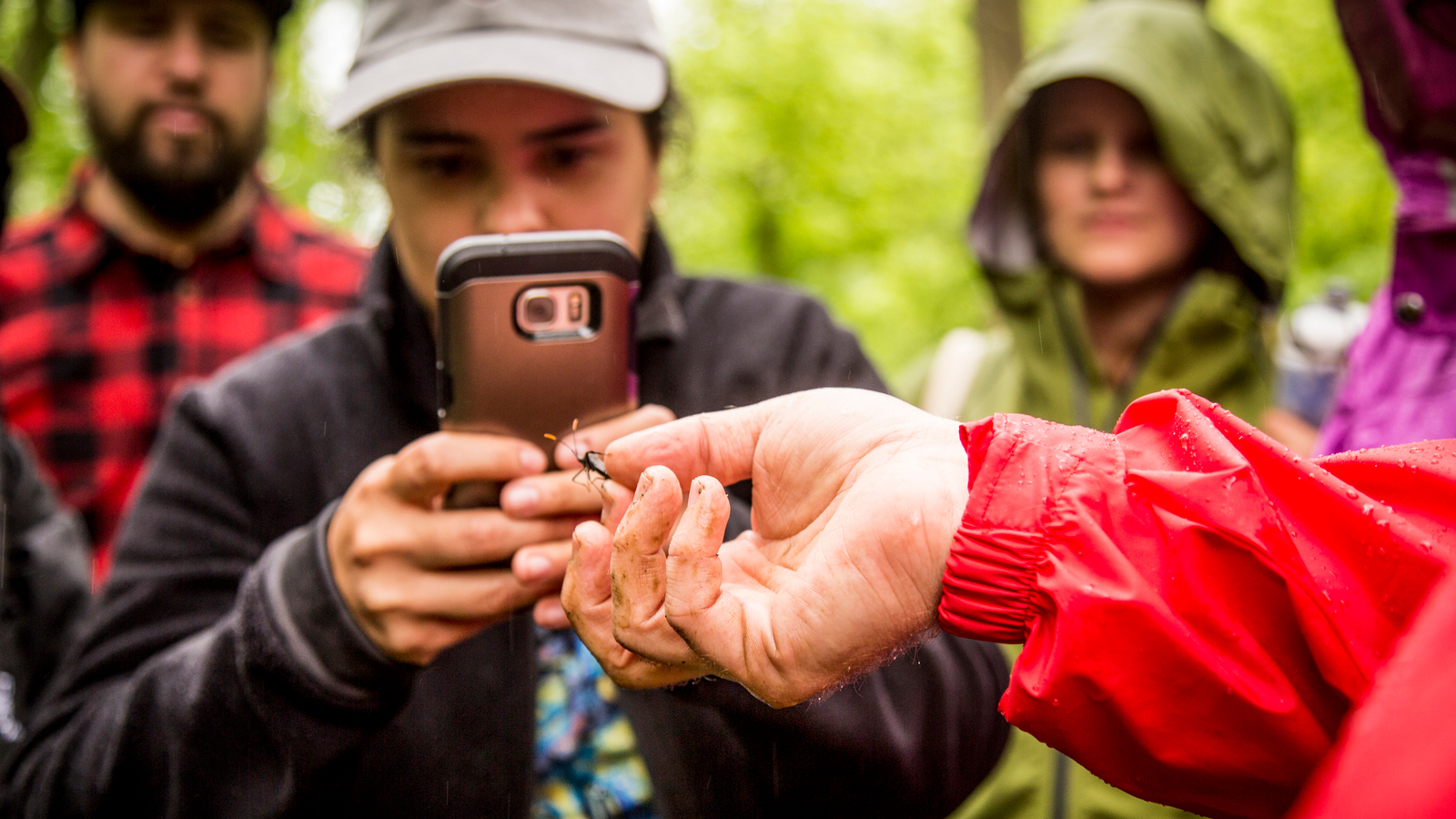
Citizen scientists gather biodiversity data at a Bioblitz outside of Wilmington, Delaware. Photo © The Nature Conservancy (Devan King) One of the best and most fun trends in conservation is using your observations and actions to help scientists better understand the planet. Citizen science collects data from individuals, and collectively that can track everything from changing migration patterns to declining species, and much more.
You can do anything from participating in a weekend-long “BioBlitz” that seeks to document every species in a given park or preserve, or identify animals in camera trap images from your computer. The opportunities are endless. One of the best antidotes for gloominess is to get outside and start doing something. Make it count for conservation; Cool Green Science has covered a variety of citizen science projects around the globe for you to choose from.
-
Fighting Fire with Native Plants

In the photo, left to right: Vanessa Schroeder (TNC), Sara Holman (OSU), Amy Goodwin (TNC) Field test of herbicide protection pods on the Heart Rock Ranch, central Idaho. Planting pods in late fall (Nov 2015). Photo © Jay Kerby / The Nature Conservancy Cheatgrass has been one of the toughest invasive species to address in the arid West; when a fire occurs, this weed takes over. Restoration efforts often have limited success. But that’s changing. Conservationists are using a variety of techniques to give native plants a head start, including putting seeds in a soil mix that is combined in a pasta maker.
By giving the seedlings everything they need to survive in their transplanted environment, more than 70 percent of the native plants can survive – giving them a rooted advantage over invaders.
-
Seaweed Farming: A Gateway To Conservation and Empowerment
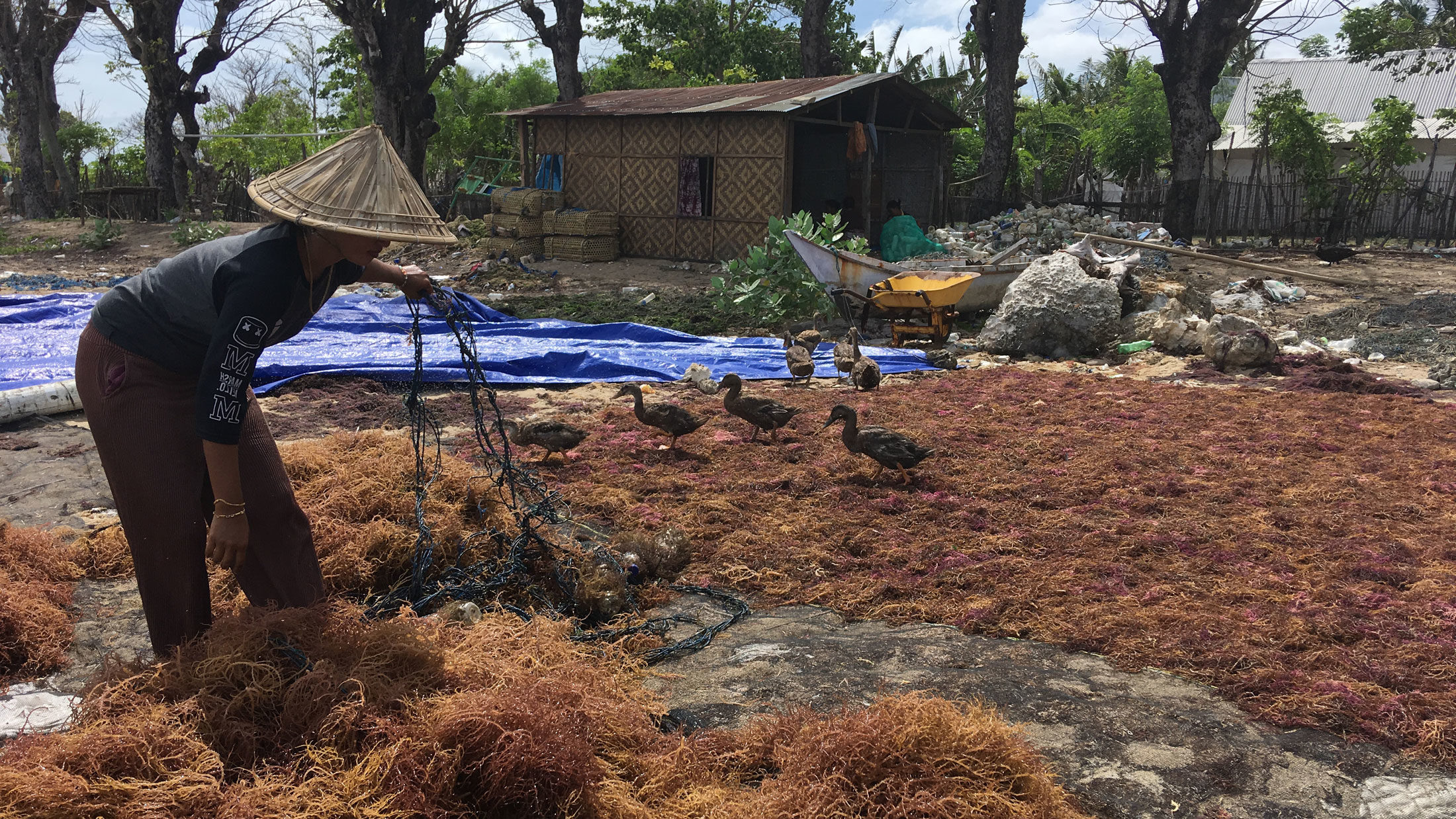
Seaweed harvesting in Takalar, Indonesia. Photo © Tiffany Waters / The Nature Conservancy How and what we eat makes a tremendous difference for the planet. A significant part of what we eats comes from the sea, so making sure aquaculture is done sustainably is vital.
Seaweed is seen by some as the pinnacle of sustainable aquaculture, requiring no feed other than sunlight and marine nutrients, holding the ability to remove excess nutrients from eutrophic areas, and even mitigating the effects of ocean acidification. And that’s true, if it’s done right. Here’s how.
-
Saving Terrapins from Drowning in Crab Traps
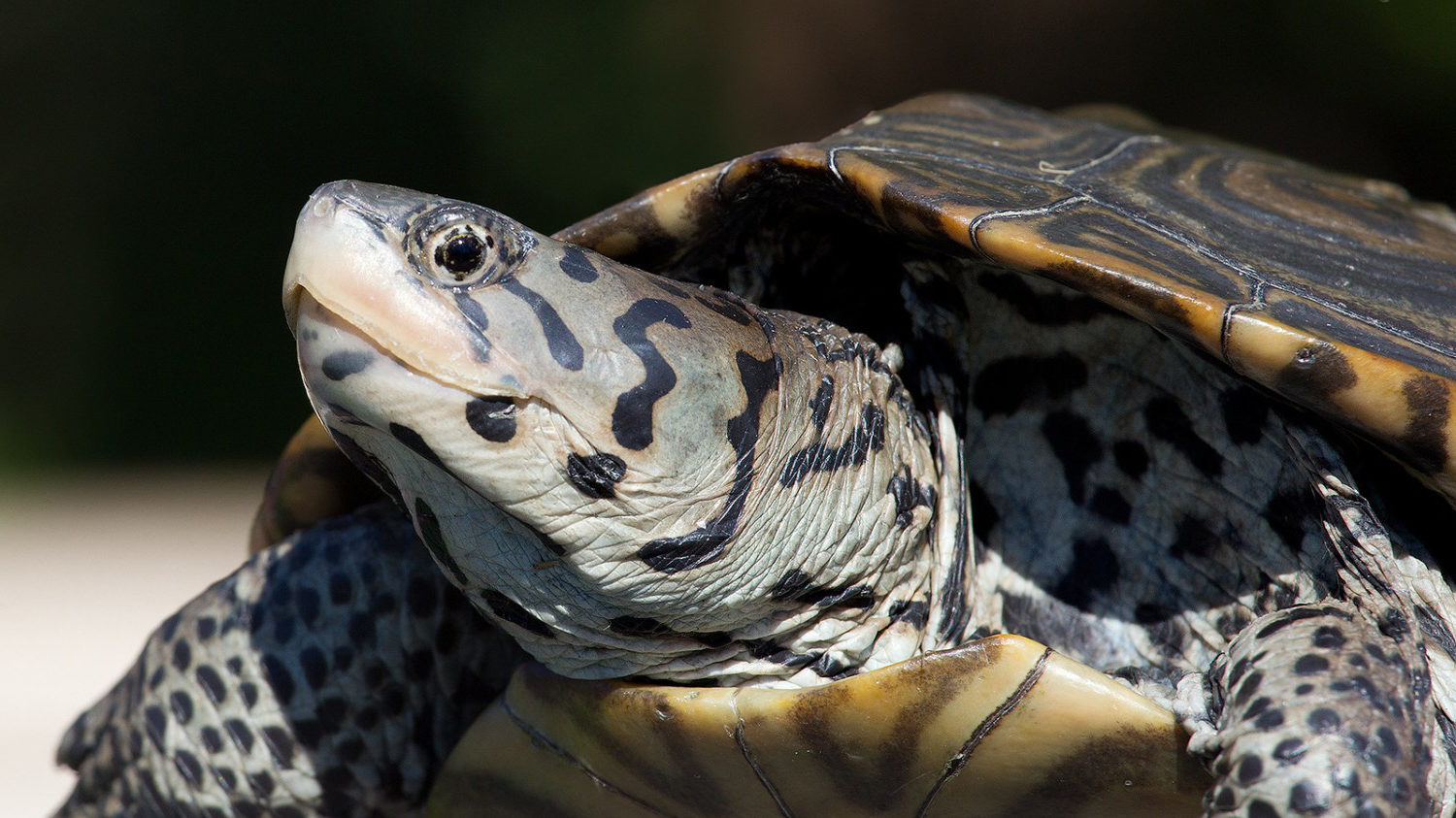
Diamondback terrapin. Photo © Grace Scalzo Carl LoBue kept finding dead turtles in crab traps, and he knew there was a simple solution. But that solution quickly was shut down by commercial fishers.
Years later, he had a second chance to address the issue. This time, he knew what he had to do, and that included involving the commercial fishing community.
-
12 Emerging Trends that Bring Hope in 2018
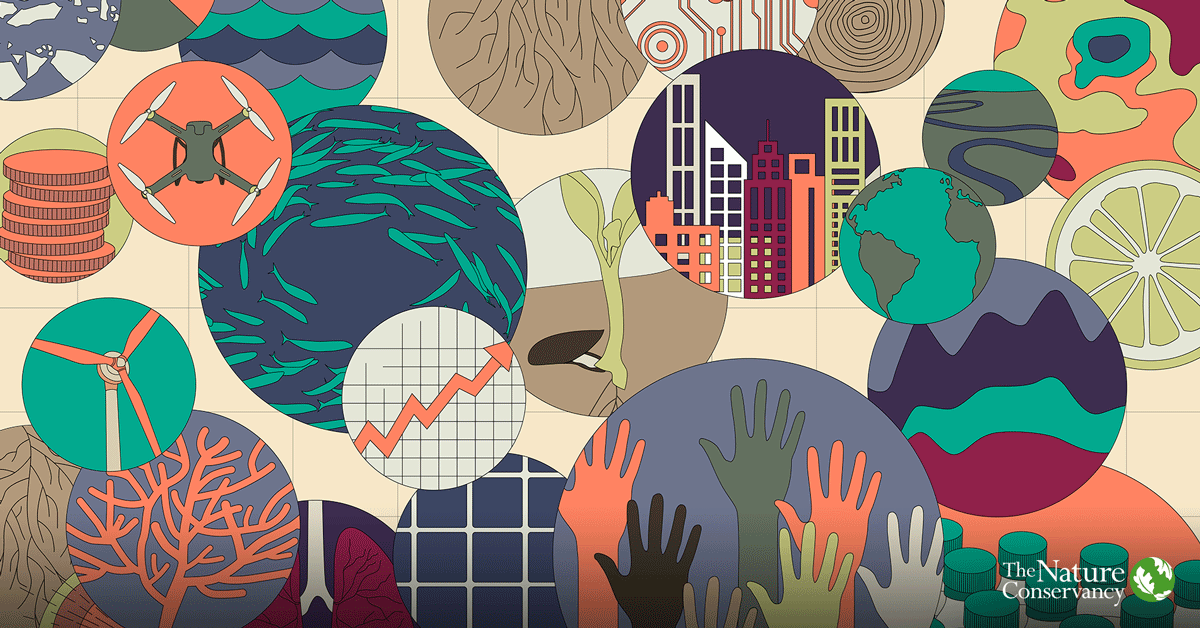
© The Nature Conservancy/Illustration by Rhiannon Hare Our colleagues at the Conservancy’s Global Solutions blog have their own impressive list of hopeful stories for the year, including why “a tree a day keeps the doctor away” and why soil has finally earned the attention it deserves.
You’ll also learn what big data means for conservation and why even the largest corporations are realizing that helping the environment is good business.
-
Elk in the Neighborhood: On Losing Hope
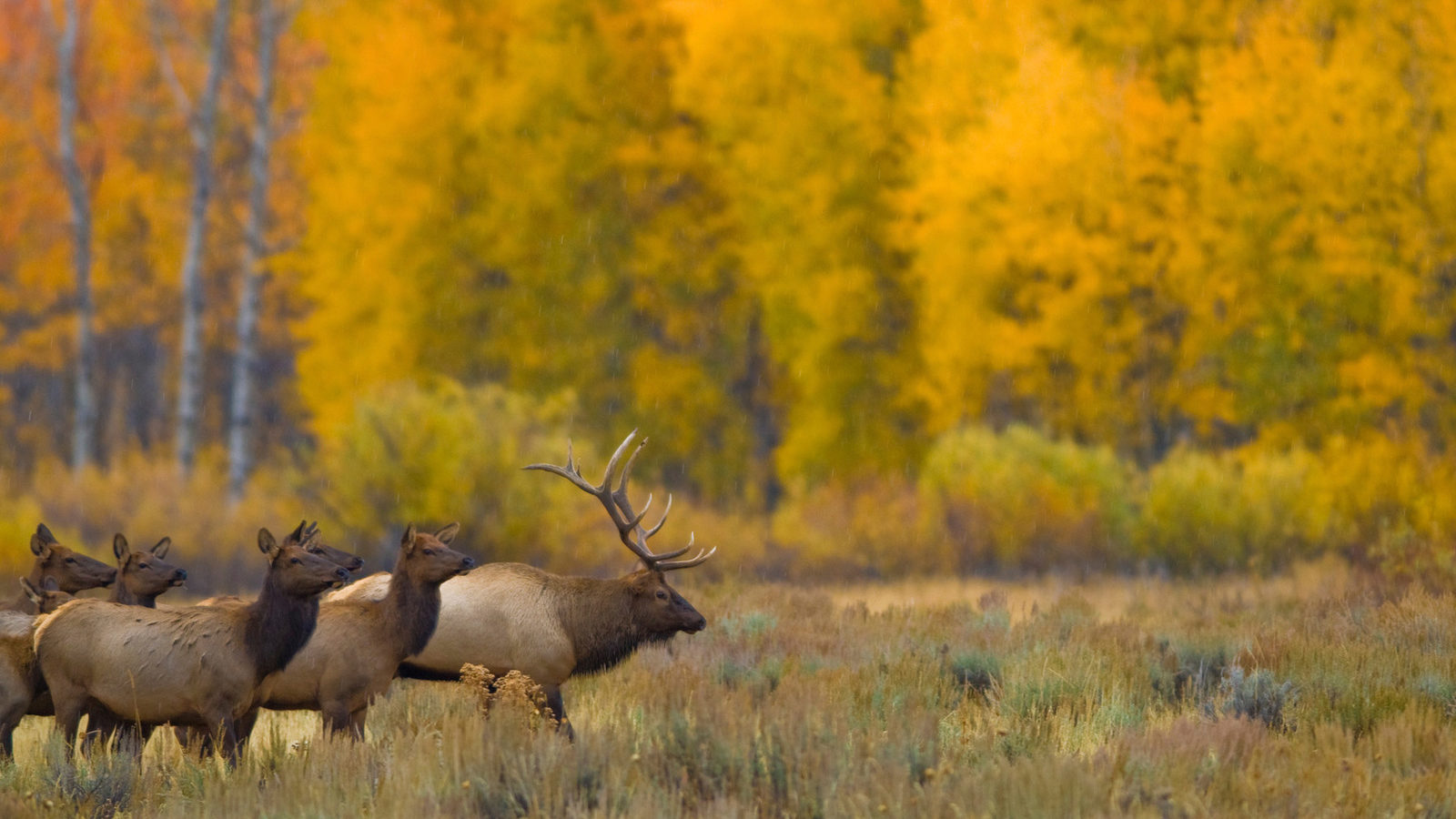
A herd of elk meander between fall aspen. Image. Photo © Scott Copeland Sometimes, conservation seems at best a Sisyphean effort—that making genuine progress is impossible. In this essay on a close encounter of the elk kind, I reflect on what it means to lose hope – and the great things that can happen when we keep working anyway.
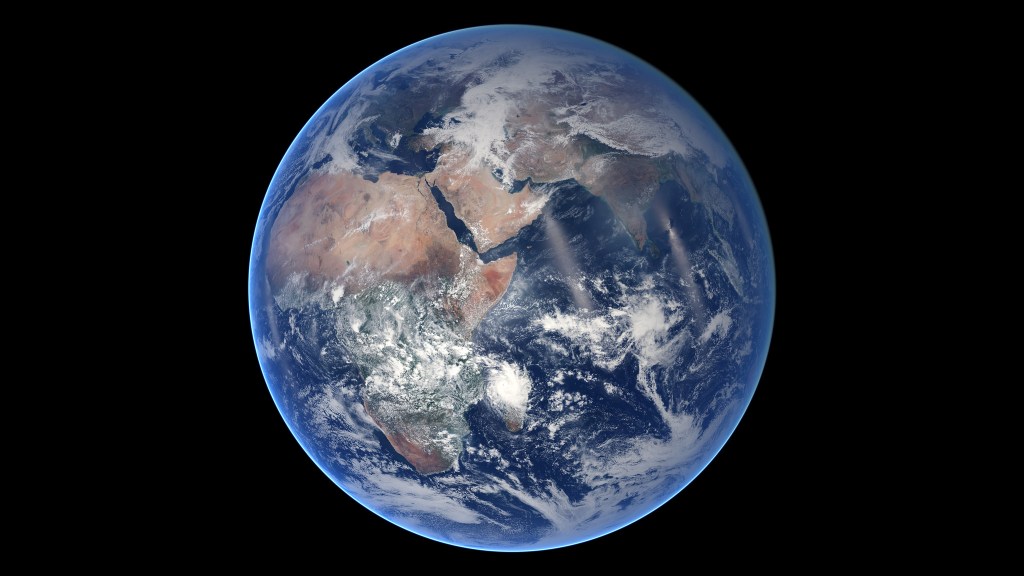



Wonderful
Thank you!
It’s nice to have good news too.
Happy trails
Michelle